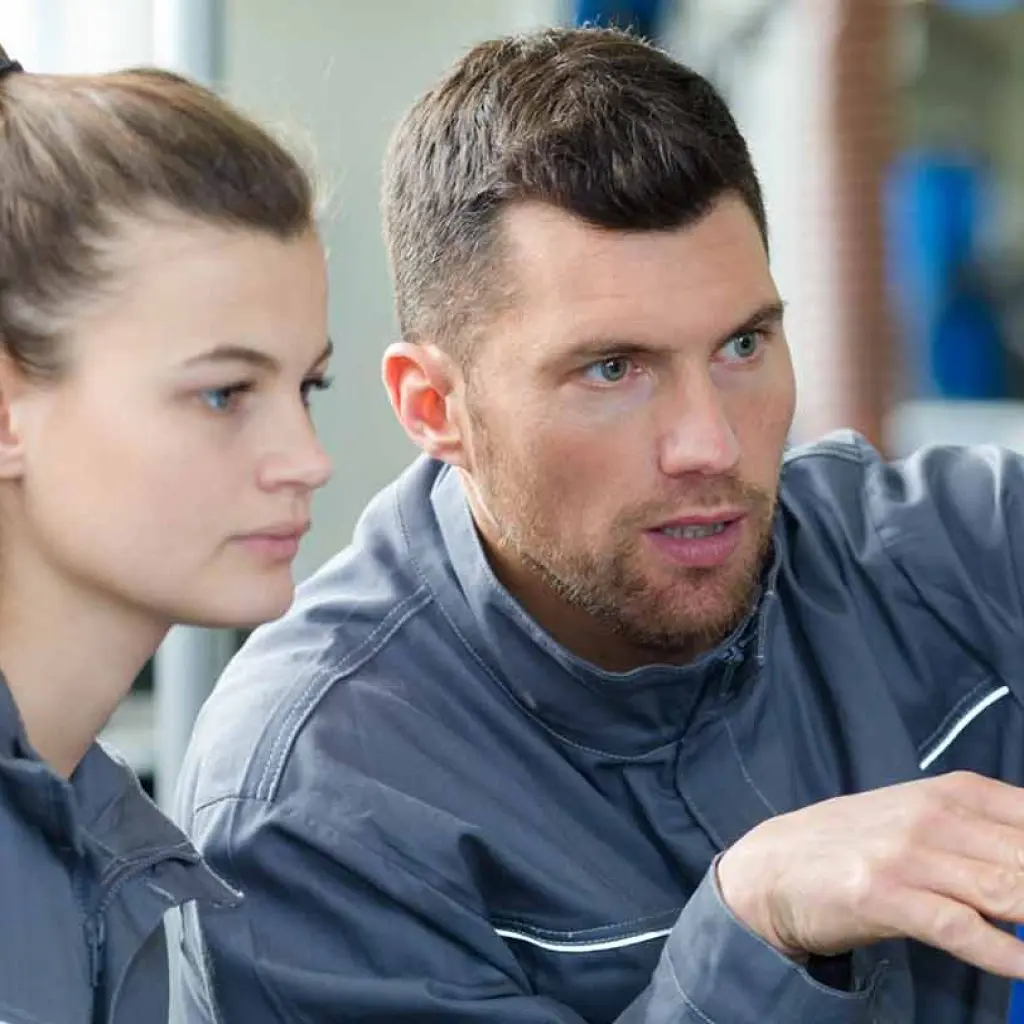Research & development
Adhesion guaranteed
To fulfill our promise of “Adhesion guaranteed,” we consider all factors affecting the plasma discharge and treatment efficiency during the planning and development phases of new corona solutions.
Our in-house research laboratory possesses the necessary technical resources to simulate nearly all operating conditions and present results. The lab equipment is constructed from the same modules and components as our production systems, ensuring accurate up-scaling to production-level sizes. Naturally, the equipment in our laboratory represents the latest in corona system design. There are times when standard corona systems cannot achieve the desired outcomes. In these instances, we turn to our plasma-based systems, such as Linear Plasma or ALDYNE™. Frequently paired with our patented liquid-cooled ceramic electrodes, ALDYNE™ employs a plasma discharge within a meticulously controlled process gas atmosphere to achieve exceptionally high surface energy results.
ALDYNE™ System
Our technical center has the latest in Corona technology available. If conventional Corona technology is insufficient to achieve results, we turn to a plasma-based system. If this too is not enough, we rely on our tried-and-tested ALDYNE™ system. Our patented liquid-cooled ceramic electrodes are used here in a controlled process gas atmosphere, allowing for extremely high performance values.
COOPERATIVE PROJECTS
FREQUENTLY ASKED QUESTIONS
What is corona surface activation?
Corona activation is a highly efficient method used to enhance the adhesion of many materials. The treatment is restricted to the surface, doesn’t modify the material properties, and is invisible. It significantly improves the adhesion of printing inks, lacquers, coatings, and adhesives.
How does the corona process work?
The corona process is based on an electrical discharge into the atmosphere that alternates. This discharge occurs in an electrode system tailored to the corresponding material. The high-energy electrons produce radicals on the material surface, which primarily react with oxygen radicals also formed from the air. These resulting chemical compounds have a lasting impact on the surface.
What materials can be treated?
The most commonly treated materials include plastic films made from polyethylene, polypropylene, polyamide, and polyester, as well as metal films made from aluminum and various types of paper or cardboard. More and more, natural and synthetic fibers, as well as non-wovens and wovens made from these fibers, are being corona activated. Special systems are available for powders, pellets, profiles, pipes, machined parts, foamed materials, stampings, formats, and so on.
What components does a corona system consist of?
The primary components include the corona station, which treats the material; the corona generator that supplies the medium-frequency high voltage; and the exhaust system that prevents the emission of reaction products into the workspace. Peripheral components comprise ozone converters for exhaust air decontamination, a remote control for managing all functions, a central control for connecting to production machines, and a pressure housing for explosion-proof operation. Web guiding elements encompass expander rollers, pressure rollers, cooling rollers, and roller drives. For machined parts, tailored handling systems are available.
Where is the corona system installed?
Corona systems are always installed inline on blown film, cast film, and coating machines upstream of the rewinder. For printing, lacquering, and coating machines, they are installed downstream of the unwinder.
